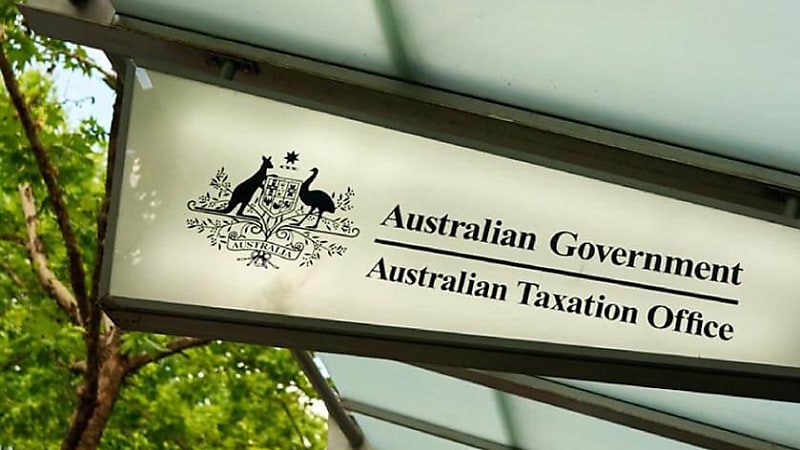PBR deals with super death benefit received after member's death
A lump sum withdrawal from a superannuation account shortly before the death of a member but received days after death is treated as a superannuation death benefit, according to the ATO.
The facts of a recent private binding ruling (1052299384391) concerned the member of a superannuation fund who was 91 years old at the date of their death. The member held one pension phase superannuation account with their APRA-regulated superannuation fund at the time of their passing. They had no death benefits dependants for the purposes of the Income Tax Assessment Act 1997.
Shortly before their passing the member signed a withdrawal payment or rollover request form asking for a full lump sum payment (account closure). The fund was provided with the tax agent's contact details.
One day later, the fund sent an email to the tax agent advising that instructions to process the withdrawal to the member's pension payment bank account were received and "passed on".
The tax agent received an email from the fund seven months after the member had passed confirming that:
- The pension payment was made to the member three days before the date of death.
- The full member benefit was paid to the member three days before the date of death.
Additionally, the member's bank statement showed the pension payment and the full member benefit were received 11 days after the date of death.
ATO records show the fund submitted a member account form 12 days after the date of death which shows that the member's account was closed 11 days after the date of death.
The tax agent emailed the superannuation exit statement provided by the fund, which was dated 22 days after the date of death. The date of withdrawal was three days before the date of death.
Subsequently, the Commissioner of Taxation requested evidence from the tax agent of the fund trustee's knowledge at the time the payment was made including whether they were aware that the member had died before the payment was received. No communication was received.
In its decision, the ATO said the member had already satisfied the condition of release which had 'nil' cashing restrictions. It stated that under regulation 6.12 of the SISR, the member's benefits were all converted to unrestricted non-preserved benefits upon meeting a condition of release with 'nil' cashing restrictions and may be voluntarily cashed at any time.
“As per subregulations 6.20(2) and (3) of the SISR the whole or a part of the member's unrestricted non-preserved benefits may be cashed as one or more lump sums or one or more pensions,” it said.
“The member's death then resulted in them meeting the condition of release in Schedule 1, item 102 of the table in Part 1 of the SISR. This condition of release also has 'nil' cashing restrictions. Under subregulation 6.21(1) of the SISR, a member's benefits in a regulated superannuation fund must be cashed as soon as practicable after the member dies.”
Regarding the legislative framework, the ruling said the distinction between a superannuation member benefit and a superannuation death benefit is important because the tax treatment of the superannuation benefit varies according to its classification, the age of the recipient, and the components of the benefit.
“The tax treatment of superannuation member benefits is set out in Division 301 of the ITAA 1997. Broadly, section 301-10 states that if a member is 60 years or over when they receive a superannuation benefit, the benefit is non-assessable and non-exempt income. This applies whether the superannuation benefit is a lump sum or an income stream benefit,” it stated.
Furthermore, the Commissioner of Taxation said an amount that a member requested to be paid from their superannuation fund before their death, but was paid after their death, may be classified as a member benefit instead of a death benefit depending on the facts and circumstances of the payment.
“A trustee of a regulated superannuation fund can only pay superannuation benefits according to the fund's governing rules, including the fund's trust deed and relevant legislation. These governing rules set out when benefits can be paid and who they can be paid to, including after a member's death,” it stated.
“We assume that the benefit was paid in accordance with the superannuation fund's trust deed and other governing rules. The lump sum benefit was paid to the member's personal bank account in accordance with a valid request made by the member prior to their death.”
The ruling stated that there was no evidence provided to explain the 14-day delay of the lump sum payment date shown in documents submitted from the fund and the actual payment date shown in the member's bank statement.
“The date the fund reported to the ATO that the account was closed does match the date the amount was received in the member's bank account so we can only conclude that was the date the benefit was paid, and account closed,” it stated.
“Given the time that elapsed between the member dying and the benefit being received in the member's bank account, we can only determine it to be a death benefit without any further evidence. Accordingly, it is reasonable to treat the total superannuation lump sum benefit as a superannuation death benefit.”








